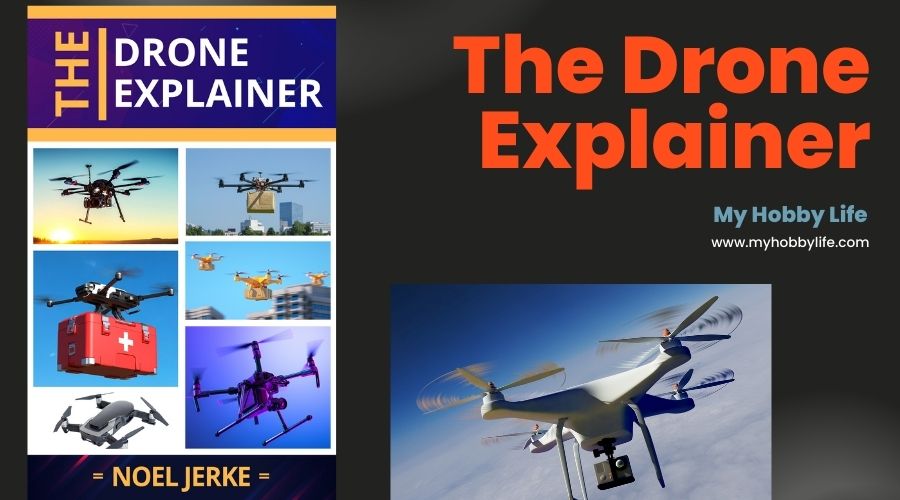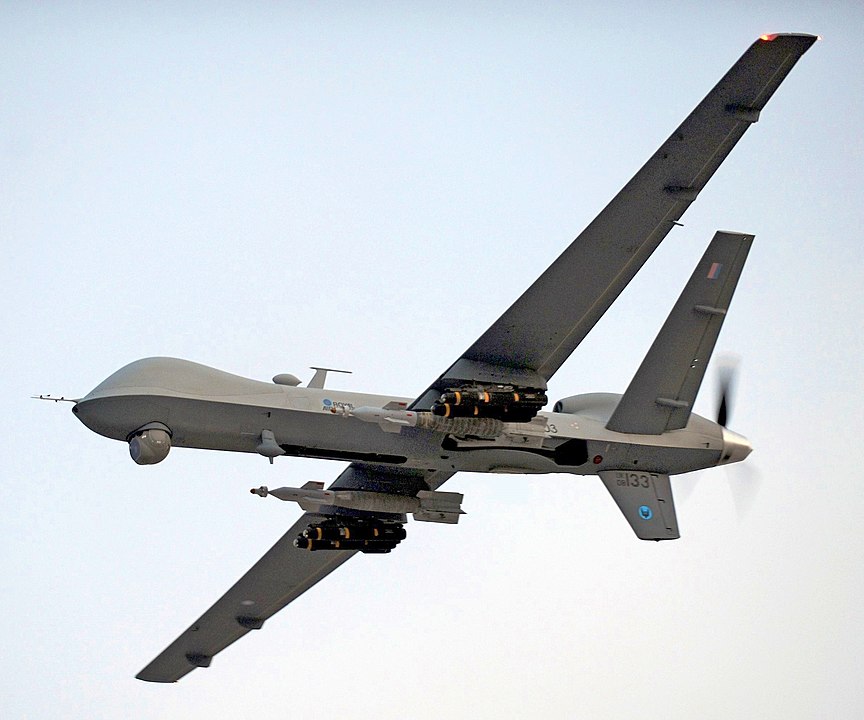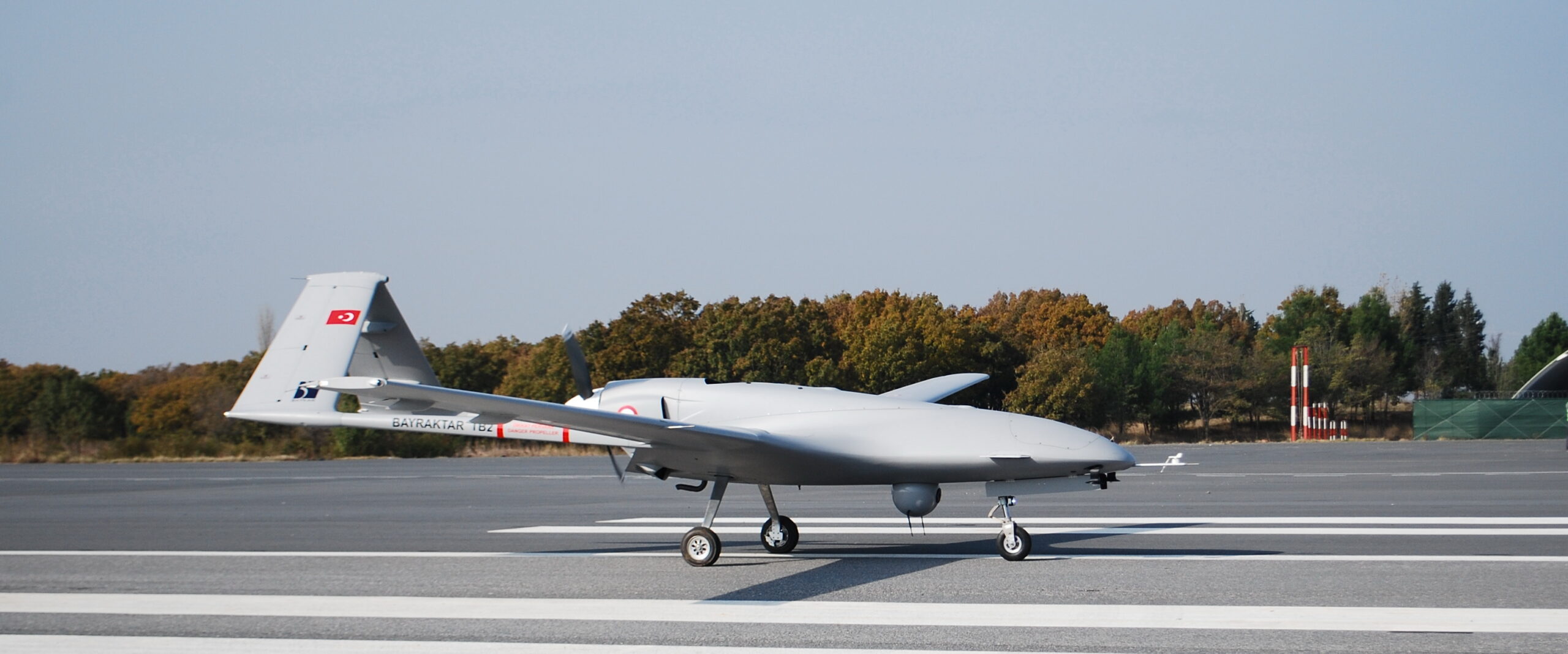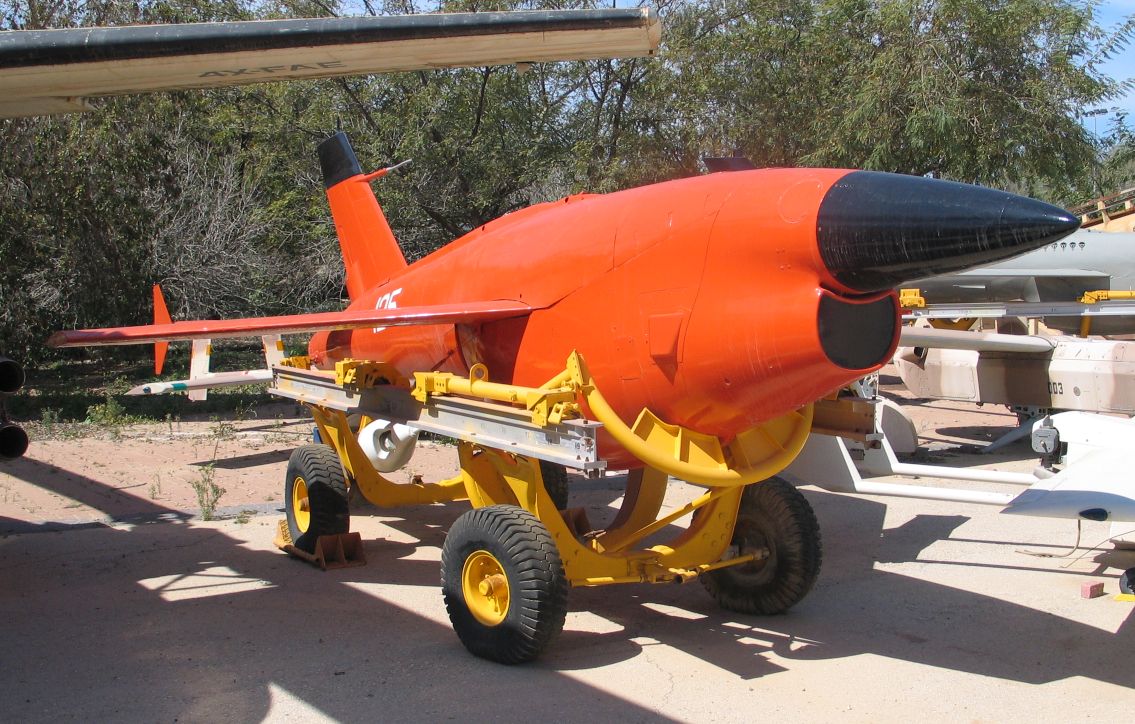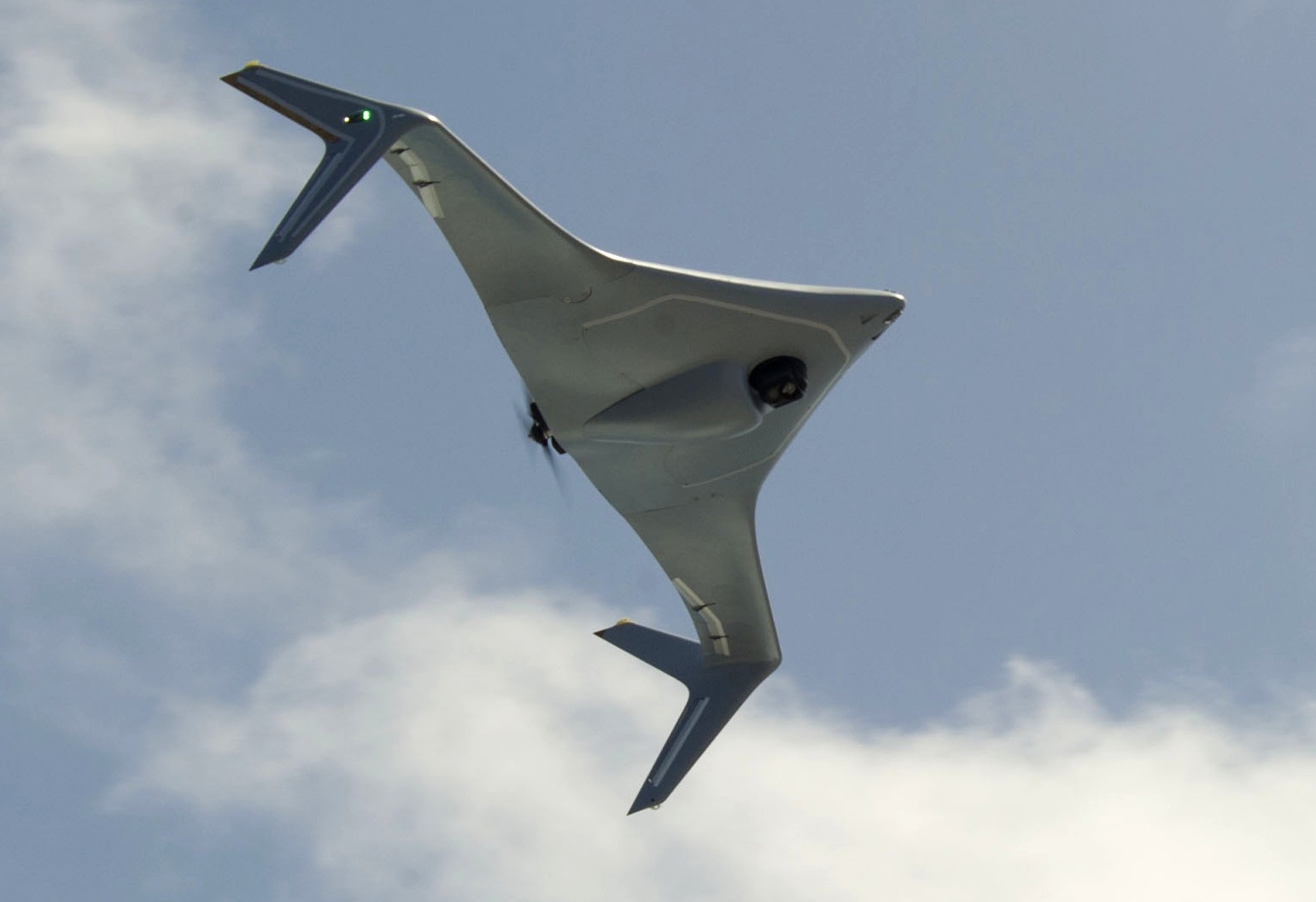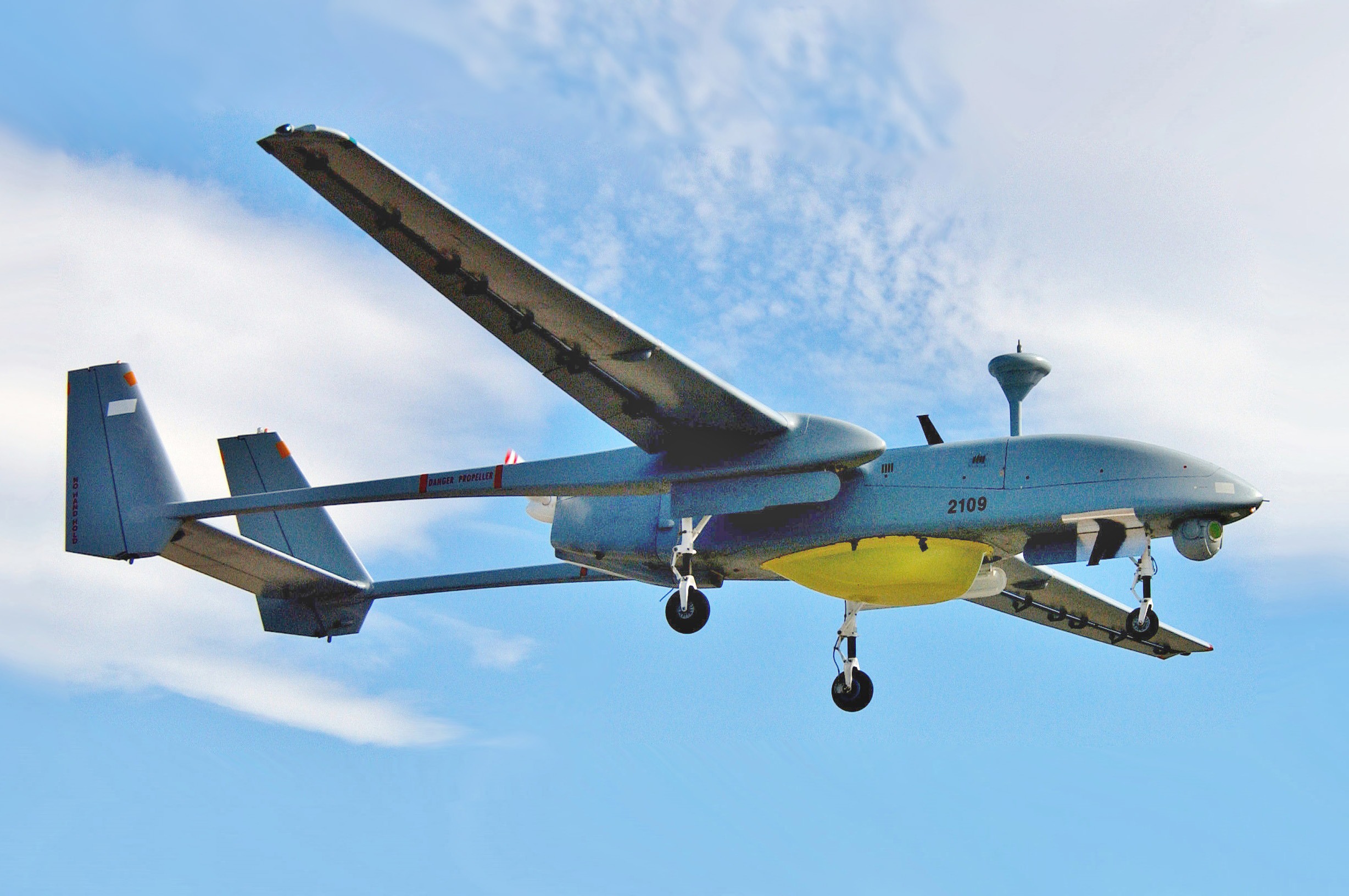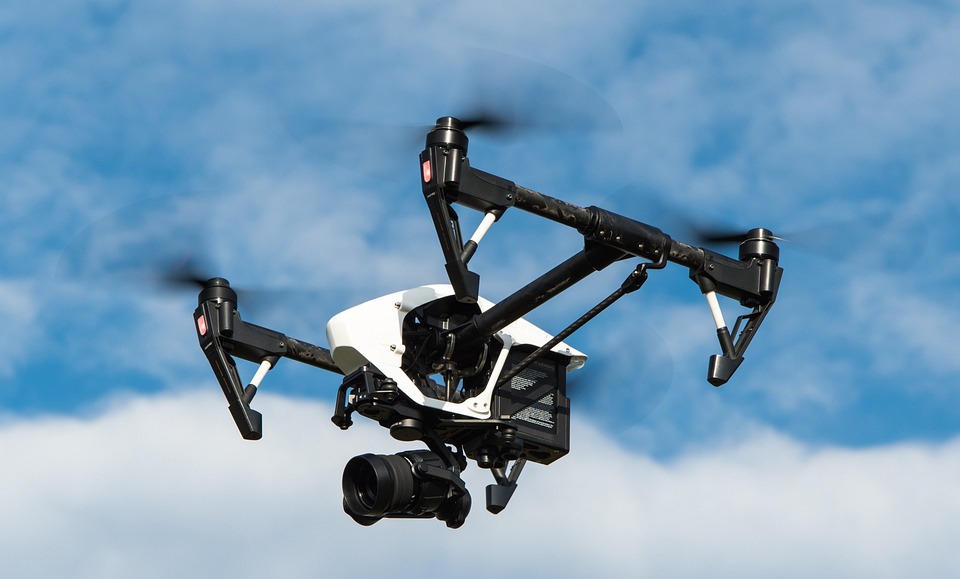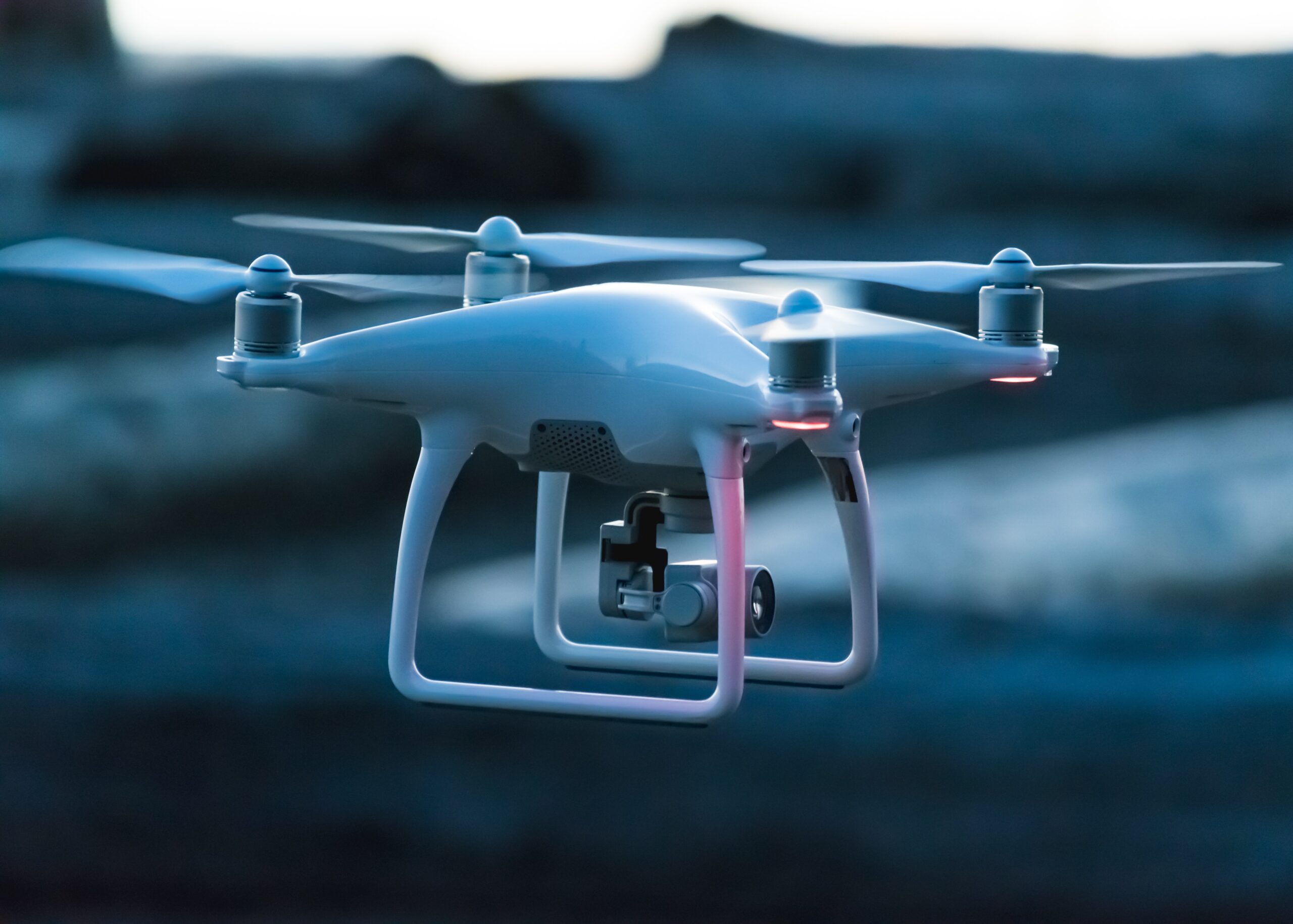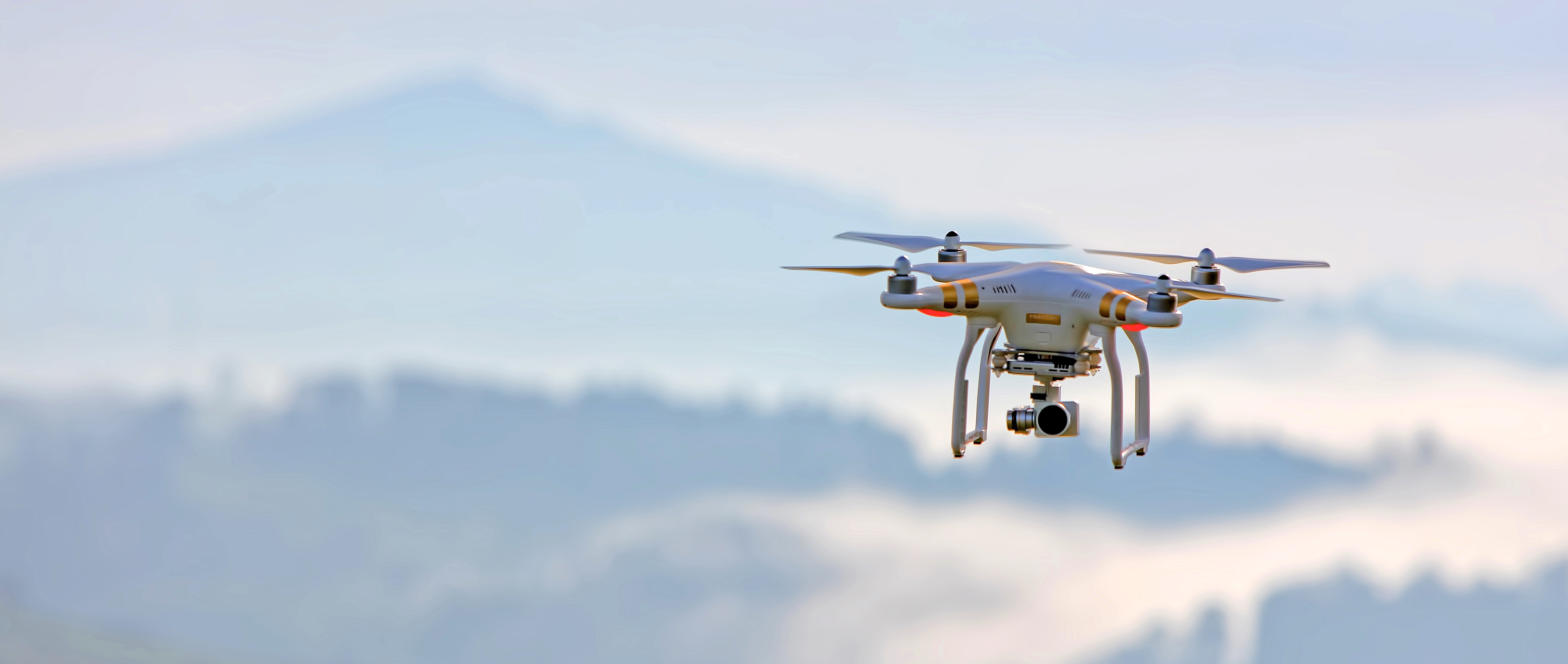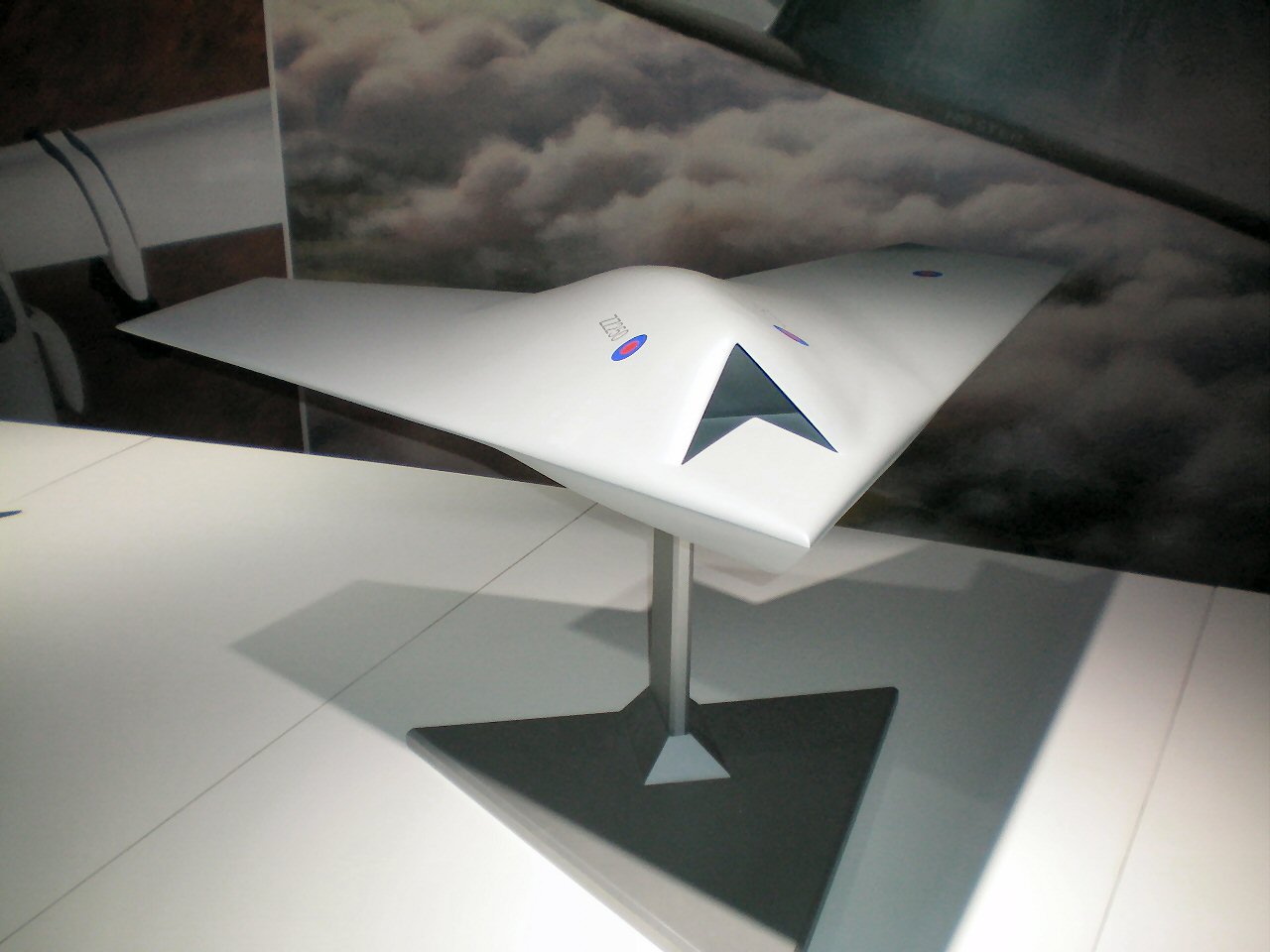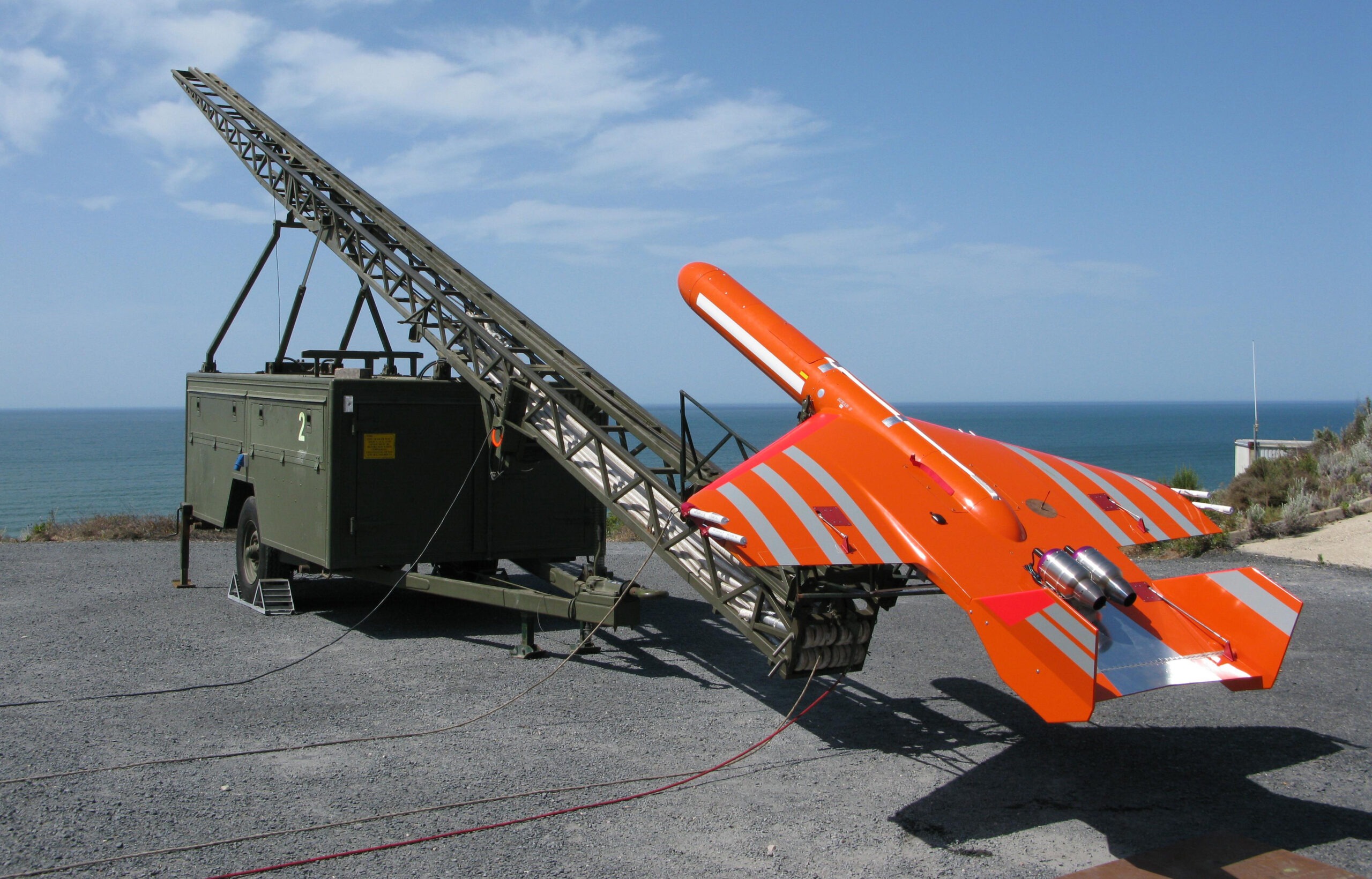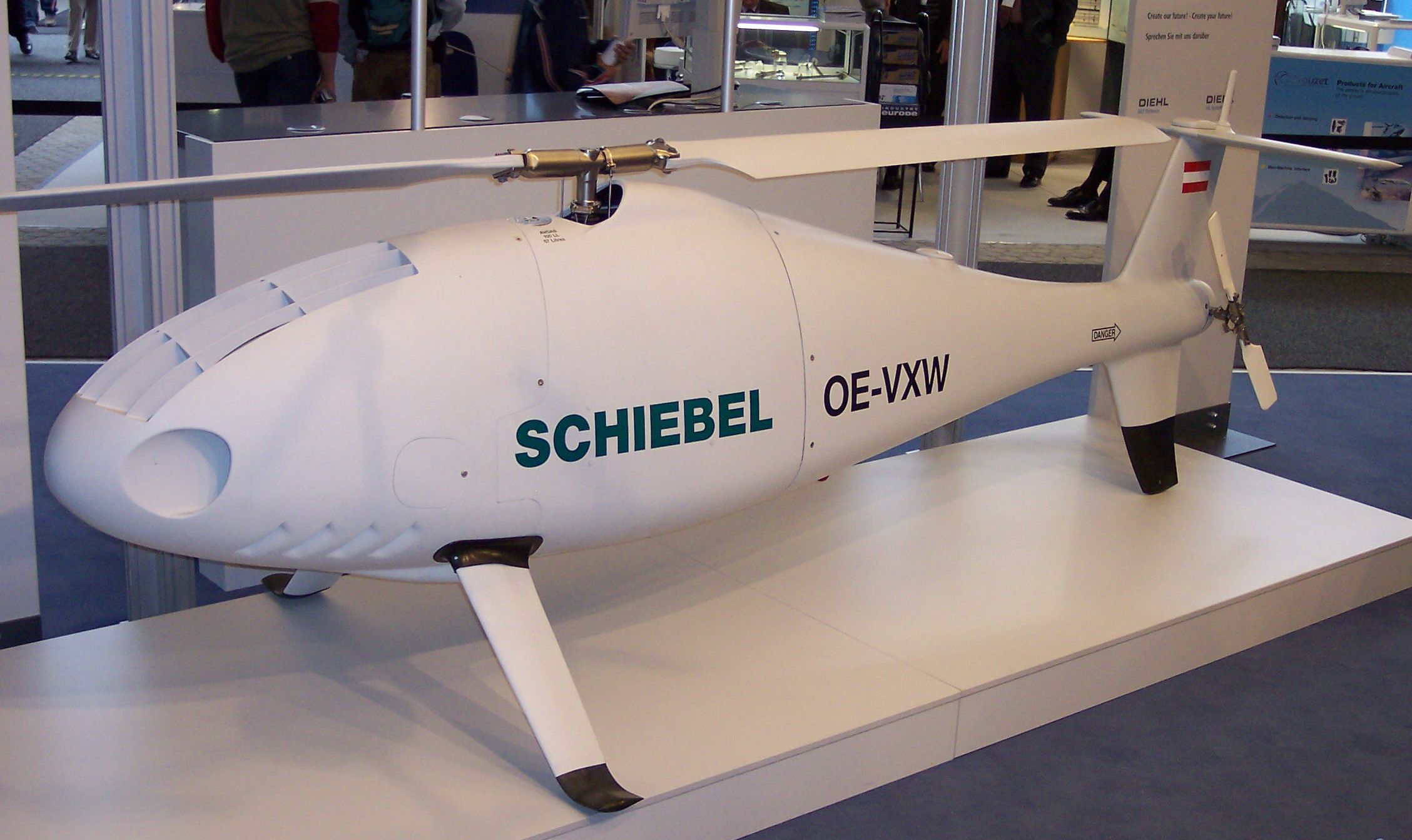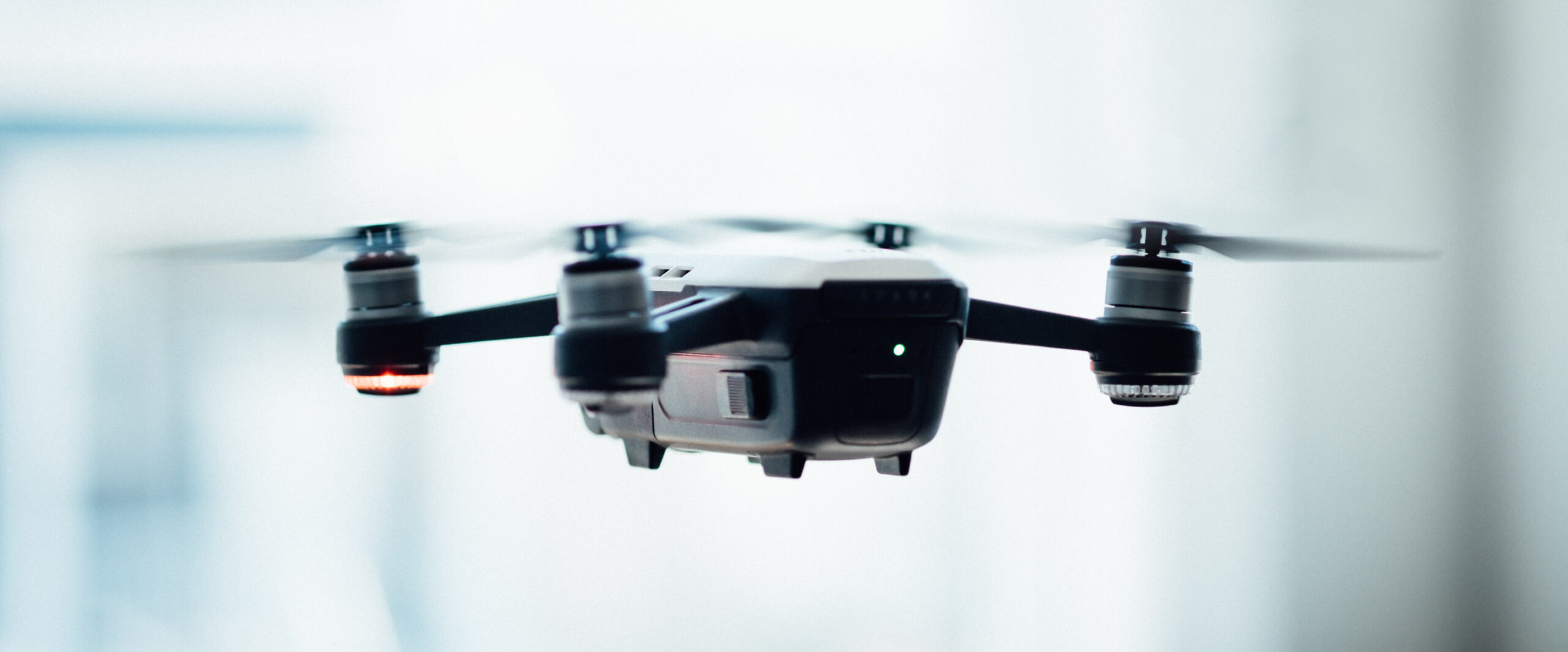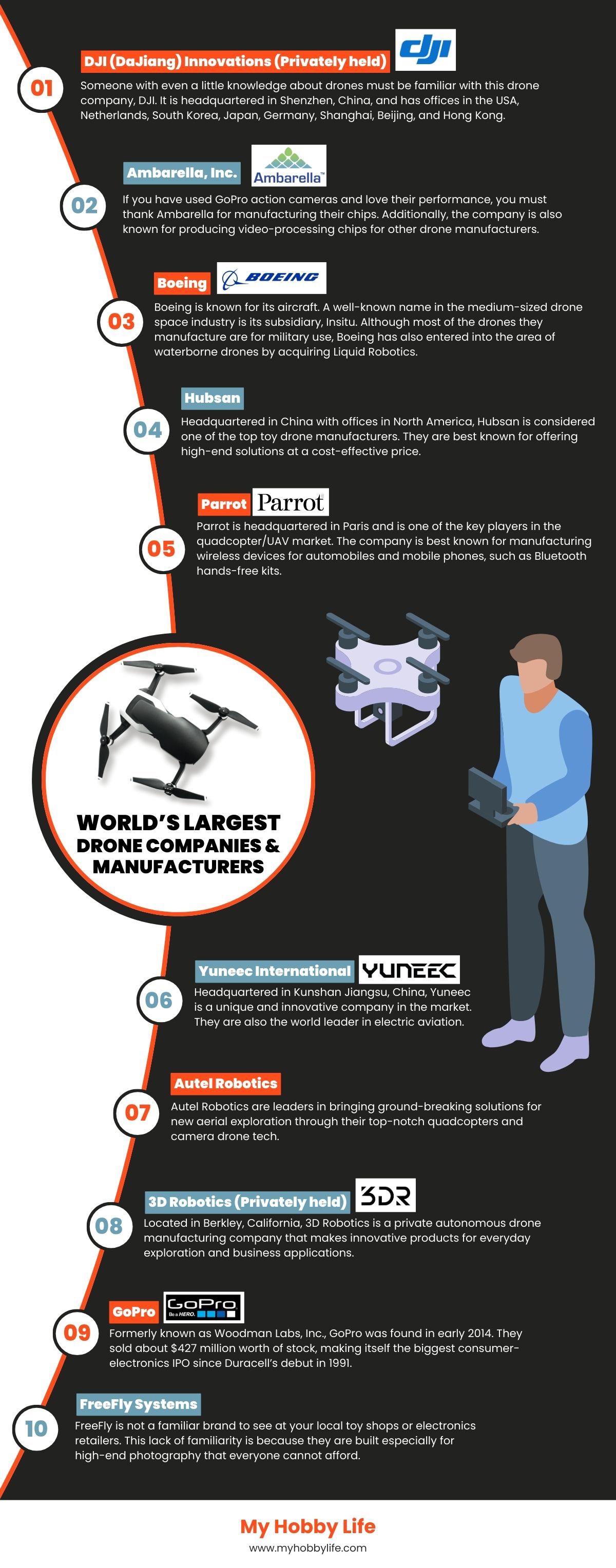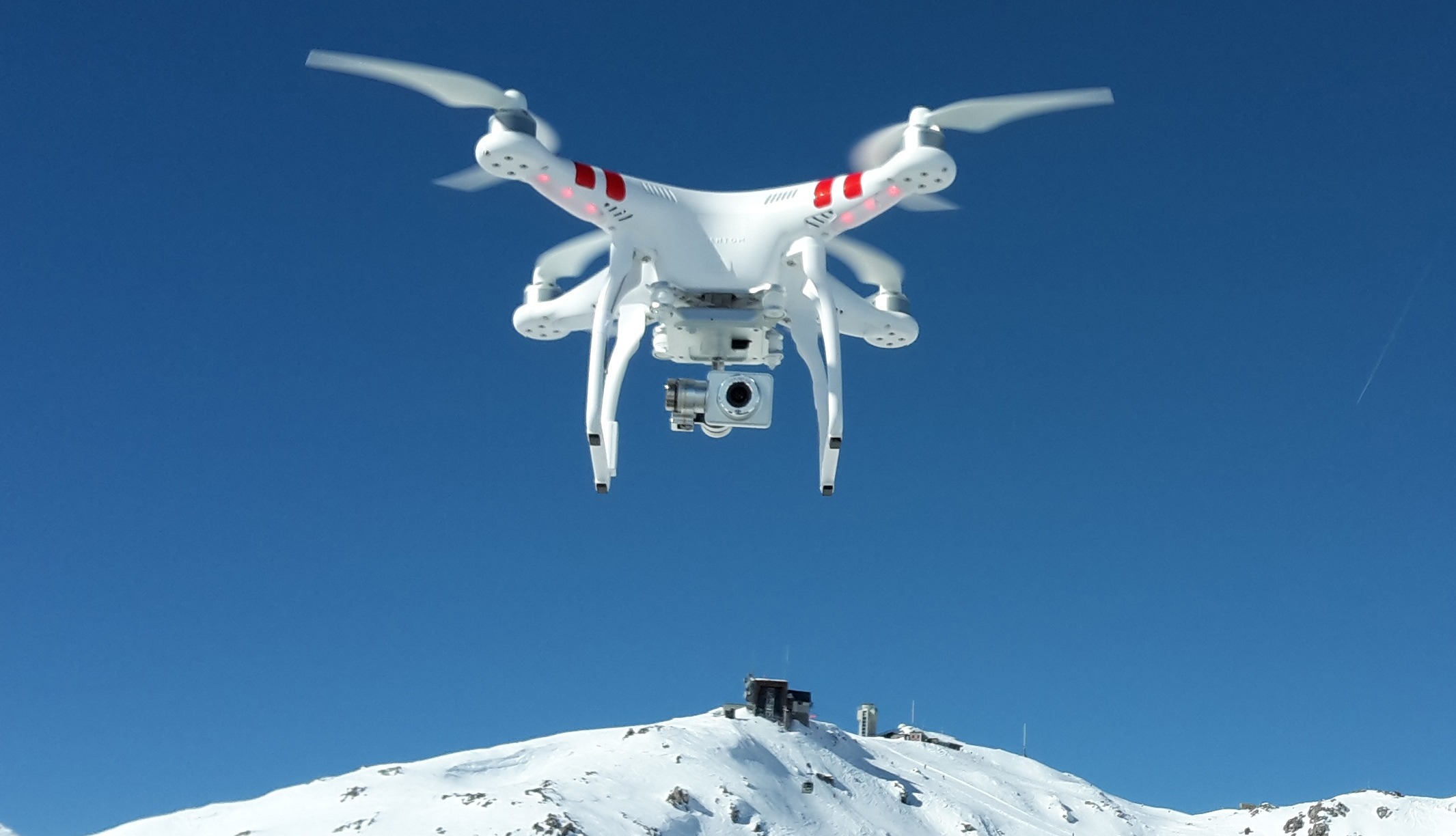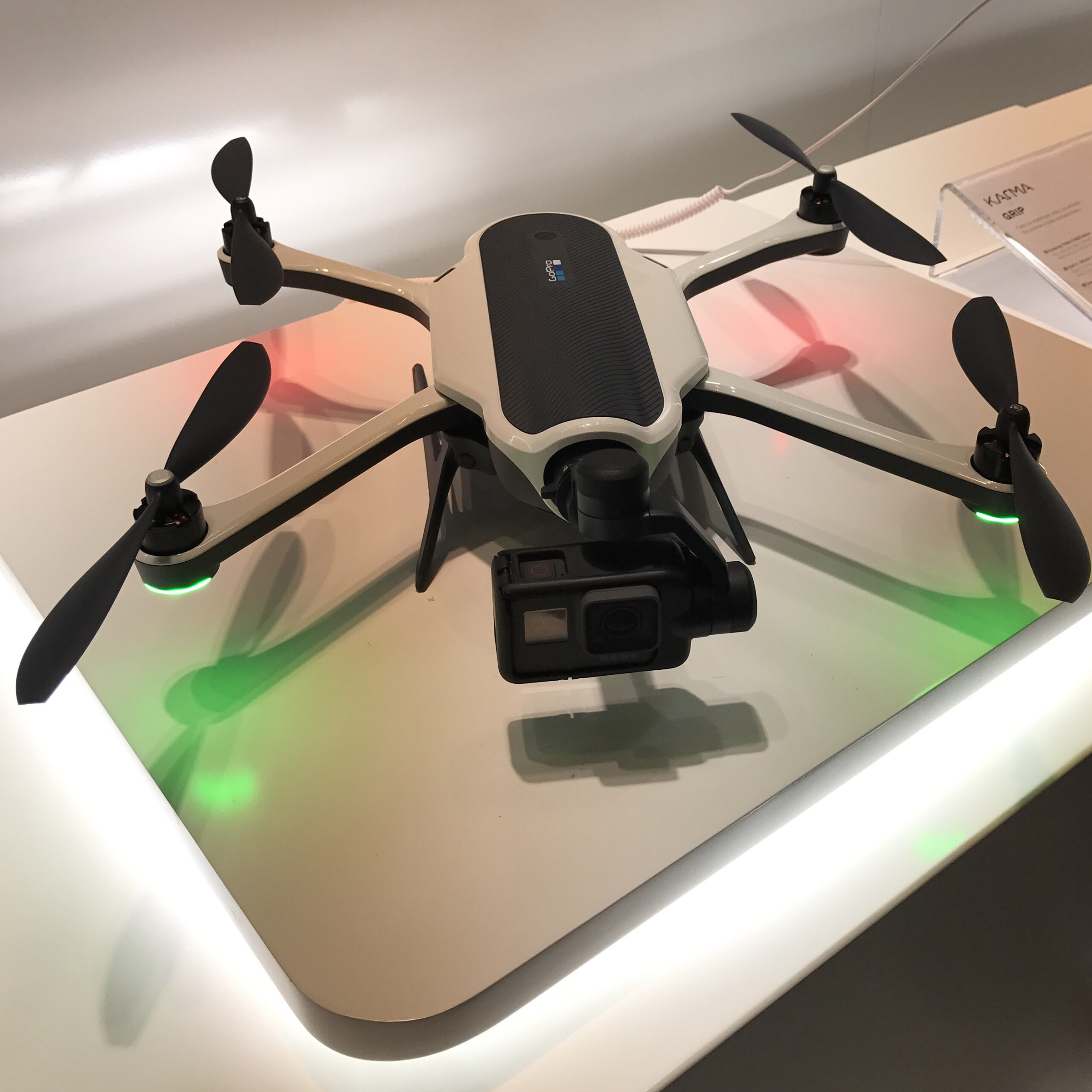Table of Contents
Types of Drones
Drones can be classified into various types based on their applications, body structures, wing styles, etc. Most people are only familiar with hobby drones built to fly for fun and take pictures and videos. Drones have a much broader range of applications than for hobby use. Let’s classify the drones according to these different aspects so you can better understand everything about them.
Classifying Drones Based on Their Application
1. Combat/Unmanned Combat Aerial Vehicles (UCAV)
There are special drones used for combat and other tactical operations. Unlike simple drones used for photography and video shoots, these drones are equipped with several features. These are the large UAVs that are commonly used for combat by the military. The most popular variants are the Reaper and US General Atomics Predator A and B, used by the US military.
They are around 36 ft. and are designed to do heavy damage by firing at targets with laser-guided bombs and air-to-surface missiles. These drones can operate for 14 hours for a range of over a thousand miles, which is impossible for an ordinary drone.
Military Reaper-style drones are the most common when it comes to UCAVs. Not only do these drones look good, but they are also evolving quite rapidly over time. Imagine the possibilities and ability to perform various operations with these innovative and accurate drones that need no human involvement in combat.
Although the USA is the most common user of these drones, they are hardly the only ones. Fellow NATO nations, including France, the UK, and Spain, are also known for using them. On the other hand, China went one step further and manufactured its version, the CH-4, often purchased by Iraq and Egypt.
2. Logistics
Have you ever imagined drones delivering the package the same day that you ordered from Amazon? Well, with high-speed and high-accuracy drones, it is now possible. Drones are capable of taking inventory in a logistics warehouse and even transporting goods by air. Interestingly, many US logistics companies have even started testing drones for distributing products to the customer.
Other companies, such as Stock Logistic Transport SL, already consider the value of using this technology in their warehouse servicing[i]. In short, most experts agree that the use of drones in logistics is very promising and beneficial. However, to date, there are several barriers for drones to become mainstream in logistics.
3. Target and Decoy
A target and decoy drone is an unmanned aerial vehicle (UAV), usually remote-controlled, used in training anti-aircraft crews. In simple words, these types of drones resemble radio-controlled model aircraft. One of the earliest target drones was the British de Havilland DH.82 Tiger Moth. The modern target drones may even use radar, countermeasures, and similar other systems to mimic the operation of a manned aircraft.
With the current evolution, the obsolete Royal Navy and Royal Air Force jets and propeller-powered aircraft in the United Kingdom are modified and updated into remote-controlled drones. However, such modifications are quite costly and require a lot of quality time for research and development. The most popular examples of target drones are Airspeed Queen Wasp, Fairey Queen, Denel Dynamics Skua, Miles Queen Martinet, GAF Turana, and many more.
4. Research and Development
Drones are highly utilized in fields where research and development teams are working. For example, drones equipped with thermal cameras can detect heat from living creatures like animals, stressed plants, and even water. Hyperspectral imaging identifies the features of water and plants through measuring reflected light and interprets a wider range of wavelengths that a human eye cannot detect.
Moreover, some drones with LiDAR technology can also measure how long it takes for an emitted pulse of light to hit the surface and return to the sensor[ii]. This is quite useful in calculating the distance to an object and its height. This data is then used for 3D maps.
Small drones can even predict flooding by monitoring rivers. They monitor forests, plant species, wildlife, and much more.
5. Reconnaissance
The drones used for reconnaissance are not designed to be handheld as they can measure up to 16 feet long. They are launched from the ground and are called High Altitude Long Endurance (HALE) or Medium Altitude Long Endurance (MALE).
Militaries around the world most commonly use these types of drones. The MALE drone ‘Heron,’ designed by Israeli Aerospace Industries, is provided to Australia, Morocco, Canada, the US, Turkey, and India. These giant drones can weigh anywhere around 2,200 pounds and remain in the air for about 52 hours at a cruising height of 35,000 feet. Another drone used by Germany for reconnaissance is the LUNA, which is less expensive than the Heron and has shorter operational periods.
The reconnaissance drones are further classified into the following:
Close Range UAVs
This class includes drones with a range of 31 miles and a flight time of 1 to 6 hours[iii]. These drones are most commonly used for surveillance and reconnaissance purposes.
Short Range UAVs
This class includes UAVs having a range of 93 miles or longer and have flight times of 8 to 12 hours. They are mainly utilized for surveillance and reconnaissance purposes.
Mid-range UAVs
The drones under this category have super high speed and a working flight radius of about 403 miles. Besides being used for surveillance and reconnaissance purposes, these drones are also used to gather meteorological data.
Endurance UAVs
The endurance class of UAVs includes drones have an endurance of about 36 hours and a working radius of 186 miles. These super endurance drones can operate at high altitudes of 30,000 feet.
Classifying Drones Based on Wing Types
1. Multi-Rotor Drones
As the name suggests, these drones are equipped with multiple rotors and can be further classified based on the number of rotors. For example, there are tricopters (three rotors), quadcopters (four rotors), hexacopters (six rotors), and octocopter (eight rotors).
These drones are common and are used by both professionals and hobbyists for various applications, such as aerial photography, video surveillance, etc. Multiple products on the market today fall under this category. For instance, multi-rotor drones for professional uses like aerial photography can range anywhere from 500 to 3,000 US dollars. Moreover, there are many variants for hobbyists like amateur drone racing or leisure flying, ranging from 50 to 400 US dollars.
Out of all four wing-based drone types, multi-rotor drones are the easiest to manufacture and fly. Although they are cheap and easy to manufacture, multi-rotors have several downsides as well. Their air time and speed are lacking compared to the other types. Therefore, they are not suitable for large-scale projects, such as long-distance aerial mapping or surveillance.
These downsides are because they have to spend a massive amount of energy (from the battery source) to fight gravity and stabilize themselves. Nowadays drones can provide only 20 to 30 minutes of flying time with the minimum payload attached (for example, a camera).
Gas engines would improve the staying power of rotor drones quite considerably. The reason why gas engines are not used for rotor drones is that drones need fast, high-precision throttle changes to achieve stability and rapid direction changes. Gas motors cannot facilitate this type of movement; thus, rotor drones are restricted to electric motors.
That said, getting a small camera in the air, such as a GoPro, makes it is hard to argue the advantages of multi-rotors being the cheapest option available. They are perfect for framing and aerial photography/videography work.
2. Fixed-Wing Drones
Fixed-wing drones are entirely different from multi-rotors in terms of build and design. They are equipped with a wing, just like regular airplanes. And the best thing about fixed-wing drones is that they don’t have to utilize their energy to stay stabilized in the air. They are incapable of hovering like rotor drones, which, as stated previously, takes a lot of energy. Instead, they fly just like airplanes on a predetermined course or are controlled by the user.
Most fixed-wing drones with electric motors have an average flight time of about 2 hours. However, gas-powered engines can provide an excellent flight time – up to 16 hours or even more. Due to their long flight time and fuel efficiency, they are ideal for long-distance operations, such as mapping or surveillance. Fixed-wing drones cannot be used for aerial photography, where the guide needs to keep the drone still for some time.
The other downsides of fixed-wing drones include higher costs and skill training required to fly them[iv]. Also, it is not easy to put these drones in the air without having flying skills and a runway or a catapult launcher. To land them safely, it is best to use a net or parachute is required, unlike multi-rotors.
There can be other challenges such as ones that Australians might have to face from wedge-tailed eagles. Although you won’t find these birds in the city, and they won’t attack a multirotor flying low, for the average fixed-wing drone flying out of town at the height of 100 meters, these massive birds are a menace. Many people have already had their new drones ripped from the sky because of these massive birds[v]. So, be ready to make some quick evasive maneuvers when you spot them.
If you want a fixed-wing drone that can be easily landed without requiring a runway or a catapult launcher, you are better off with a small fixed-wing drone as it is suitable for launching from the hand and landing on the belly in an open area.
3. Single Rotor Helicopters
Single rotor helicopter drones look similar to actual helicopters in terms of design and structure. This type of drone, as the name suggests, has just one big-sized rotor and a small one on the tail to control the direction of flight, unlike multi-rotors. Single rotors are relatively efficient compared to multi ones as they have higher flying times and can also use gas-powered engines.
In aerodynamics, the fewer the rotors, the less the spin will be[vi]. This reduction in spin is why quadcopters are much more stable than octocopters. Similarly, single rotor drones are much efficient than multi-rotors.
However, these machines are complex to use and involve operational risks, and their high costs are a significant letdown. Large single rotor drones also pose a risk if they are mishandled and hit any obstacle. Several fatal injuries have been reported from the accidents caused by these RC copters[vii] [viii]. Moreover, they also require special training to fly. But, unlike fixed-wing drones, single rotor helicopters don’t need a runway or catapult launcher for their take-off or landing.
If you need to hover in the air with a heavy payload, say an aerial LiDAR laser scanner, then a single rotor helicopter would be the best option to choose. They fall somewhere between multi-rotors and fixed-wing drones as they can hover on the spot (but the stability is not good) and can also fly fast like a regular helicopter. Also, they require a lot of maintenance due to their complex mechanical structure.
4. Fixed Wing Hybrid VTOL (Vertical Take-off and Landing)
Combine the benefits of a fixed-wing drone and the ability of a multi-rotor drone to hover in midair, and you have got yourself a fixed-wing hybrid VTOL drone. These drones can easily take off and land vertically without requiring a runway or catapult launcher. Although this type is currently under development by various sources, some of the existing VTOLs are just fixed-wing drones with vertical motors installed. Others are simply tail sitters that, as the name says, rest on their tails on the ground. They point straight up when taking off before pitching over to fly in a normal flight.
The rotors, or the whole wing with propellers, can swivel from pointing upwards to horizontally for a forward flight. Many of these rotor configurations were tested in the 50s and 60s. They all proved to be too complex to fly as well as being dangerous. But with the invention of autopilot, accelerometers, and gyros, the task has become easier than ever. The same old 50s and 60s drones became feasible as the autopilot could do all the hard work to keep them stable, leaving the human pilot to control them remotely from a distance.
Currently, there are only a few fixed-wing hybrid VTOLs available on the market, but we can expect them to become quite popular in the coming years as their technology is perfected. One well-known example includes Amazon’s Prime Air delivery drone.
Pros and Cons
Here is a table laying out the pros and cons of the different types of drones in an easy-to-understand format.
Types | Pros | Cons | Common Uses |
Multi-Rotor |
|
| Aerial Photography and Video Aerial Inspection |
Fixed-Wing |
|
| Aerial Mapping, Pipe line and Power line Inspection |
Single-Rotor |
|
| Aerial LIDAR Laser Scanning |
Fixed-Wing Hybrid VTOL |
|
| Drone Delivery |
Classifying Drones Based on Body Structure
1. Ready To Fly (RTF)
As the name suggests, ready-to-fly drones are entirely built and ready for an introductory flight experience straight out of the package. These drones are most commonly recommended to beginners for practicing as they are quite basic, cheap, and, most importantly, work great.
Flying this type of drone is easy. All that needs to happen is take them out of the package, charge their batteries or fix their propellers, and that’s pretty much it. These are convenient quads for kids and beginners who want to hit the ground running.
2. Bind N Fly (BNF)
Bind N Fly drones need to be connected to a controller so they can fly. BNF drones are just like RTF ones, but they don’t come with a remote controller right out from the package. You need to buy a hobby-grade remote controller for them separately. These controllers are not like something you get at a toy store in a remote-controlled car box but are more serious and advanced in terms of features and options. Unlike a toy controller, hobby-grade remote controllers come equipped with a vast range of controls and upgradeable parts.
BNF drones are great if you already have a transmitter (controller) and are just looking to get your hands on a brand-new drone. Even though using the same transmitter might sound easy and simple, these transmitters may also bind with other quads in the range. Therefore, before jumping in and going for BNF drones, make sure to check the compatibility.
3. Almost Ready to Fly (ARF)
ARF drone kits include everything you need for a first flight, but all the parts come unassembled. Therefore, you need to have some knowledge of drones and their parts to assemble them all correctly. It is also very well known as a DIY drone kit. The process is easy as every ARF drone kit comes with an instruction manual to follow and assemble the parts without a professional’s help.
ARF drone kits may or may not come with a controller or motors, so always read the list of items included before buying the kit.
You can go for ARF drone kits if you are learning about drones and their parts, as hands-on knowledge is better than book learning. If you have a crashed quad and are looking to repair it, ARF can be an excellent repair kit instead of searching and buying the damaged parts separately.
World’s Largest Drone Companies and Manufacturers
1. DJI (DaJiang) Innovations (Privately held)
Someone with even a little knowledge about drones must be familiar with this drone company, DJI. It is headquartered in Shenzhen, China, and has offices in the USA, Netherlands, South Korea, Japan, Germany, Shanghai, Beijing, and Hong Kong. DJI is currently the leading name when it comes to manufacturing civilian drones. The company captures almost 70% of the global consumer and enterprise drone market.
The most popular series by DJI is Phantom, which is admired by professionals and hobbyists alike for its wireless technology and excellent features, such as GPS first-person viewing. On the other hand, DJI is also known for making the best mini drones, including Spark[ix]. This mini drone features all the DJI’s signature technologies, such as a mechanical gimbal, intelligent flight control options, and an excellent camera that provides incredible image quality – all in a very compact area.
2. Ambarella, Inc.
If you have used GoPro action cameras and love their performance, you must thank Ambarella for manufacturing their chips. Additionally, the company is also known for producing video-processing chips for other drone manufacturers. If it weren’t for Ambarella, we wouldn’t be able to experience HD and UHD video in drones.
Ambarella gave DJI’s and Parrot’s best-selling products with the capability to shoot HD and UHD videos for the first time. Due to their remarkable projects, Ambarella managed to grow its revenue for the third quarter of 2020 to more than $67.9 million. This increase was up 18.6% from the same period in 2019, which was $57.3 million[x].
3. Boeing
Boeing is known for its aircraft. A well-known name in the medium-sized drone space industry is its subsidiary, Insitu. Although most of the drones they manufacture are for military use, Boeing has also entered into the area of waterborne drones by acquiring Liquid Robotics.
The company reported a revenue of 20 billion US dollars in quarter 3 of 2019[xi].
4. Hubsan
Headquartered in China with offices in North America, Hubsan is considered one of the top toy drone manufacturers. They are best known for offering high-end solutions at a cost-effective price. Their top drones, including the H107 to the H502, provide a stable flight experience and responsive controls along with HD cameras and excellent GPS routing.
In 2019, Hubsan introduced Hubsan Zino to the market, a foldable drone targeted towards beginners. The X-Hubsan app, provided to provide more ease for users, can be used to control the drone with a smartphone. This mobile application is available in both App Store and Google Play.
5. Parrot
Parrot is headquartered in Paris and is one of the key players in the quadcopter/UAV market. The company is best known for manufacturing wireless devices for automobiles and mobile phones, such as Bluetooth hands-free kits. In addition to developing these kits, Parrot has also cornered a large part of the commercial and civil quadcopter/UAV market with their AR.Drone and its successor AR.Drone 2.0, a budget-friendly hobby drone equipped with a First-Person View (FPV) system that you can easily control through a mobile application.
In other words, Parrot is considered the direct competitor of DJI in aerial photography and video markets[xii]. Their Bebop series drone is one of the most popular camera drones currently available on the market due to its performance and affordable price.
6. Yuneec International (Privately held)
Headquartered in Kunshan Jiangsu, China, Yuneec is a unique and innovative company in the market. They are also the world leader in electric aviation. Their offices are spread all over Europe, Asia, and North America, and they manufacture over one million units per year, sold under their OEM and ODM brands.
In 2014, Yuneec introduced the first-ever RTF (Ready to Fly) drone, The Typhoon Q500 quadcopter. This impressive RTF drone took over the market by storm and made Yuneec quite popular amongst professionals and hobbyists.
In 2016, Yuneec introduced the Typhoon Yuneec H, the first semi-professional Hexacopter that came out as an RTF version. It was equipped with the best-ever Intel RealSense technology.
[xiii]In other words, DJI and Yuneec are collectively known as Apple and Samsung of the drone industry.
7. Autel Robotics
Autel Robotics are leaders in bringing ground-breaking solutions for new aerial exploration through their top-notch quadcopters and camera drone tech. They were founded back in 2014, and since then, they are always doing research and development on aerial drones for photography and various other industries.
The EVO, one of the featured products of this company, is a compact folding drone equipped with great features and a premium camera. This high-quality drone provides a flight time of up to 30 minutes with a range of about 4.3 miles.
8. 3D Robotics (Privately held)
Located in Berkley, California, 3D Robotics is a private autonomous drone manufacturing company that makes innovative products for everyday exploration and business applications. Their smart drones work best in aerial photography. 3D Robotics claims to be the most technologically advanced and most competent drone manufacturing company in the world.
They are the pioneers of developing the first-ever “Follow Me” technology in the drone industry[xiv]. With the help of this remarkable technology, drones can stay with you wherever you go, and they automatically keep the camera centered on you to capture whatever you do.
9. GoPro
Formerly known as Woodman Labs, Inc., GoPro was found in early 2014. They sold about $427 million worth of stock, making itself the biggest consumer-electronics IPO since Duracell’s debut in 1991. Although GoPro is best known for developing high-definition, pocket-sized action cameras, they have also entered the drone market.
Their lightweight action cameras are mounted on almost every consumer-level drone. Since GoPro entered the drone industry, their Karma Drone series has been the most popular among experts and beginners.
10. FreeFly Systems
FreeFly is not a familiar brand to see at your local toy shops or electronics retailers. This lack of familiarity is because they are built especially for high-end photography that everyone cannot afford. Alta 8, an octocopter, is the largest machine in their line that can carry up to 20 lbs. of payload – useful for carrying heavy, expensive HD camera.
FreeFly Systems are known for manufacturing many types of camera equipment and stabilization rigs.
- Ashley Halsey (January 25, 2021), “How drone based LIDAR is changing the game.” Retrieved from https://www.geospatialworld.net/blogs/how-drone-based-lidar-is-hcanging-the-game/
- “Classification of the Unmanned Aerial Systems.” Retrieved from https://www.e-education.psu.edu/geog892/node/5
- Shawn Herrick (October 9, 2017), “THE 3 MAIN CATEGORIES OF DRONES AND THEIR ADVANTAGES AND DISADVANTAGES.” Retrieved from https://botlink.com/blog/the-3-main-categories-of-drones-and-their-advantages-and-disadvantages
- “Wedge-tailed eagle captured swooping on drone” Retrieved from https://www.bbc.com/news/world-australia-40024827
- Rhett Allain (May 19, 2017), “How Do Drones Fly? Physics, of Course!” Retrieved from https://www.wired.com/2017/05/the-physics-of-drones/
- “New York teenager killed operating remote-control helicopter” Retrieved from https://www.theguardian.com/world/2013/sep/06/remote-control-helicopter-kills-teenager
- J. David Goodman (September 5, 2013), “Remote-Controlled Model Helicopter Fatally Strikes Its Operator.” Retrieved from https://www.nytimes.com/2013/09/06/nyregion/remote-controlled-copter-fatally-strikes-pilot-at-park.html
- Ben Popper (June 7, 2017), “DJI SPARK REVIEW: A LITTLE BIT OF MAGIC IN THE PALM OF YOUR HAND.” Retrieved from https://www.theverge.com/2017/6/7/15740802/dji-spark-drone-review
- “Ambarella, Inc. Announces Third Quarter Fiscal Year 2021 Financial Results.” Retrieved from https://www.globenewswire.com/news-release/2020/11/23/2132250/0/en/Ambarella-Inc-Announces-Third-Quarter-Fiscal-Year-2021-Financial-Results.html
- “Boeing Reports Third-Quarter Results.” Retrieved from https://investors.boeing.com/investors/investor-news/press-release-details/2019/Boeing-Reports-Third-Quarter-Results/default.aspx
- “Parrot SA: The Number One DJI Competitor.” Retrieved from https://remoteflyer.com/parrot-sa-the-number-one-dji-competitor/
- “DJI and Yuneec, the Apple and Samsung of drone world, now in a legal beef.” Retrieved from https://www.marketwatch.com/story/dji-and-yuneec-the-apple-and-samsung-of-drone-world-now-in-a-legal-beef-2016-04-01
- Joshua Goldman (September 8, 2014), “3D Robotics IRIS+ drone goes hands-free with Follow Me technology.” Retrieved from https://www.cnet.com/news/3d-robitics-iris-plus-drone-goes-hands-free-with-follow-me-technology/
